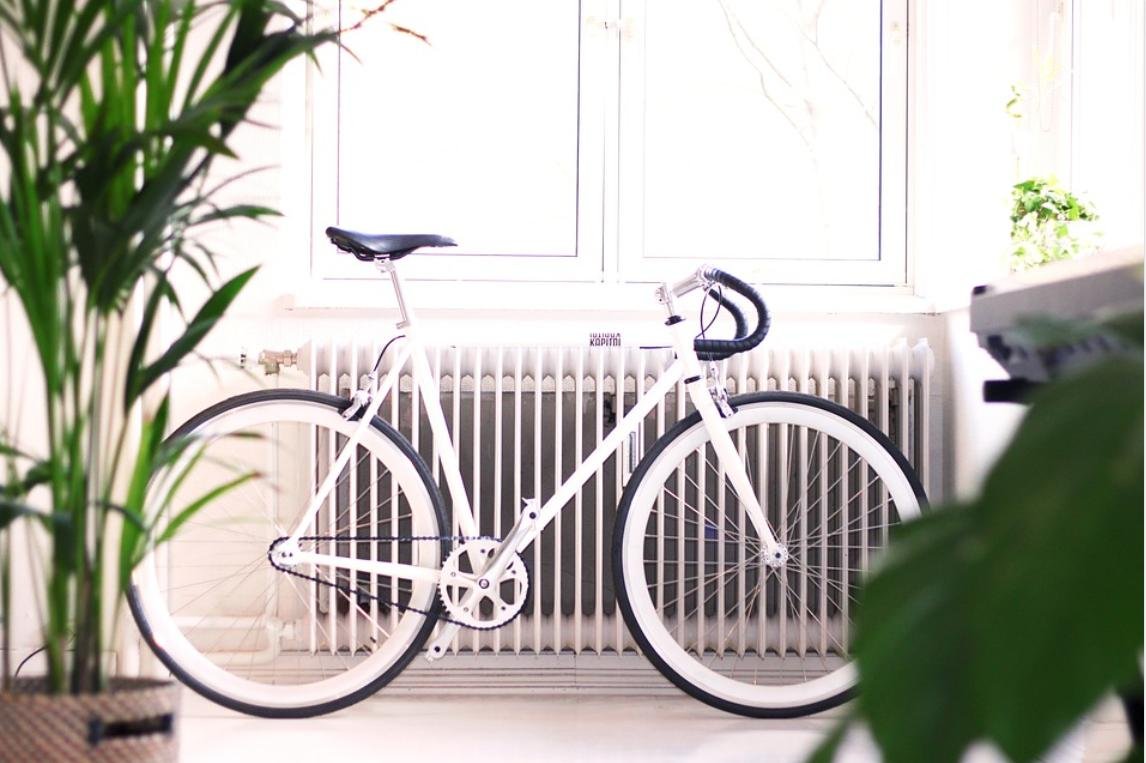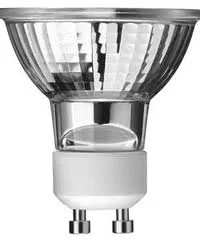How to cut energy at home
Image credit: https://www.ebikeshed.com/
Here are some ways to stay warm, save money on energy bills and help tackle climate change at home. From quick wins to slightly more adventurous projects, whether you own your own place or rent with others.
1. Lighten up
If you haven’t switched to LED lightbulbs already, do it. We’ve got a handy guide to LEDs to get you started.
If you’ve already made the switch, help a friend to do the same. Then see if you can change at work too. Personal actions only really mean something if you can help them go viral.
It’s easy to dismiss changing light bulbs as tokenistic, but it’s an area where loads of us making a switch really could add up. Low carbon tech expert Chris Goodall has worked out that if we switched to LEDs in the parts of our homes that are most in use in early evening (for most of us, the kitchen and/ or living room) we could reduce home demand by more than 50%. Overall, this could reduce electricity demand by 5% of UK peak demand, more than enough to protect the country against power cuts.
Plus you could save a few quid. The Energy Savings Trust reckon If the average household replaced all of their bulbs with LEDs, they could save £35 a year on bills.
… and your Dad was right, you should always turn lights off when you leave the room too.
2. Take control of your thermostat
Heating can be a really personal thing, it’ll depend on you and your home. Most people should be warm enough in jeans and a jumper at 18 C, so you should try to aim for that. If it still feels too cold - or you’re just fighting about it with the people you share your home with - try bringing it down in stages. Start with a comfortable temperature and going down by one degree each week to give yourself time to adjust. According to the Energy Savings Trust, a household could save £80 & 320 kg carbon dioxide a year by turning the room thermostat down by one degree.
You could also look into upgrading your heating controls - you can do this without replacing your boiler, and you might find it gives you way more control, so you’re not wasting less heat.
… and only put the heating on when you need it; it’s a myth that you should keep it on low all the time.
3. Hunt down hidden heat loss
Send yourself on a draughty treasure hunt. Some leaks will be easy to spot. If you can see daylight through it and it’s not a window, it’s a clue it could use some attention…. For others, try waiting for a windy day, then going around your home holding an incense stick near suspected draught sources. The moving smoke will be a dead giveaway.
A lot of heat escapes from windows and exterior doors. Add some weather strips round the edges to plug them. These also work for loft hatches. According to the Energy Saving’s Trust, draught-proofing windows and doors could save you £20 per year.
If you’ve got a chimney, plug it with a fireguard, chimney balloon or chimney sheep available from DIY shops (obvs don’t forget to take it out before you light a fire…).
Make sure you’re using your radiators well too. Firstly, just make sure they aren’t blocked with any furniture, and that you’re not drying clothes or towels on them. A clear radiator will let warm air circulate around the whole room more effectively.
You can also stick tin foil or radiator panels between the wall and radiator as these help reflect heat back into your room.
4. Layer up your home!
Don’t just stick a jumper on yourself, get your whole home wrapped up.
Insulating your water tank and pipes, for example, is a great way of keeping the heat inside the pipes, so it heats the water not the airing cupboard. You can pick up a hot water tank jacket in a hardware store. Not only could save the £15 or so it’ll cost in about a year in energy bills, you could cut your carbon emissions by 100kg too.
For your windows, it’s worth investing in some nice thick curtains or buy curtain liners that you can sew into the backs of your curtains to add an extra layer of warmth. Keep them closed at night, and make sure they cover the entire window, including the edges at either side. You can buy special thermal ones, which are even warmer.
If you own your windows, you can look at double (or even triple) glazing. If that’s not an option, it’s worth trying some window film. It may not look so elegant, but it’s cheap and really easy to install - we had loads of fun fitting it in our draughty office. You start by attaching the thin sheet of a special clear plastic to the inside of your window frame using double-sided tape. So far, so crinkly. But here’s the good bit. Run a hairdryer over the plastic and it shrinks, making the creases vanish as the film pulls tight. After five minutes or so, the plastic should be nice and flat.
If you own your home and slightly more advanced DIY is an option, you can make some really significant energy savings by insulating the walls, ceilings, roof and floors. The Energy Savings Trust has some useful starter guides, and if you want some inspiration on how to really push the energy efficiency of your home, check out the Superhomes network.






